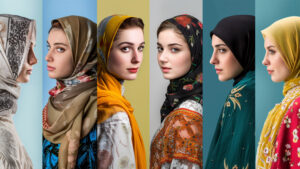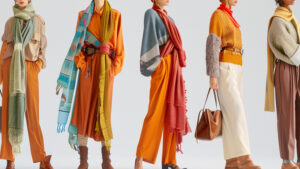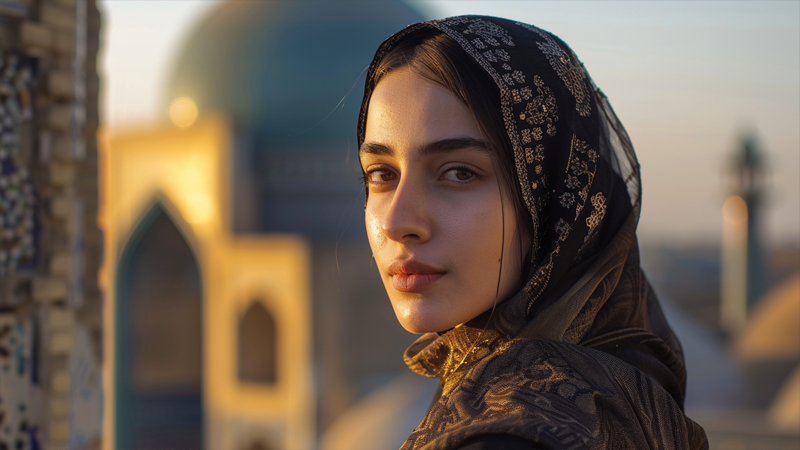
I once wore a headscarf to a festival, thinking it was just a cute accessory. A friend gently asked, “Do you know where that style comes from?” I didn’t.
Wearing a headscarf can be appropriation if divorced from its cultural/religious significance. Appreciation involves understanding, respect, and honoring its origins.
Let’s untangle this sensitive topic.
How Is Cultural Appropriation Defined in the Context of Fashion?
My college roommate, a Navajo artist, once said, “Appropriation is taking without knowing. Appreciation is learning before wearing.”
Cultural appropriation in fashion means using elements of a marginalized culture without permission, credit, or understanding, often for profit or trendiness.

The Fine Line
I saw a high-end brand sell “boho headscarves1” for $200, inspired by African gele styles. The problem? No credit to the culture—or the women who’ve worn them for centuries.
Power Dynamics Matter
When a dominant culture adopts marginalized traditions, it often erases their significance. My Pakistani friend shared how her hijab2 was mocked—until it appeared on a runway.
Intent vs. Impact
I once thought, “It’s just fabric.” But for many, headscarves carry deep meaning—faith, resistance, identity. Ignoring that history? That’s appropriation.
| Appropriation | Appreciation |
|---|---|
| Wearing a Native headdress as a costume | Learning its sacred significance |
| Selling hijab-inspired scarves without context | Collaborating with Muslim designers |
| Using religious symbols as trends | Honoring their spiritual meaning |
When Does Wearing a Headscarf Become Appropriation vs. Appreciation?
I asked a Somali friend how she’d feel about non-Muslims wearing hijabs. She smiled: “If you understand why I wear it, it’s respect. If not, it’s a costume.”
Appropriation: Wearing a headscarf as a trend without understanding its cultural/religious significance.
Appreciation: Learning its history, respecting its meaning, and giving credit.
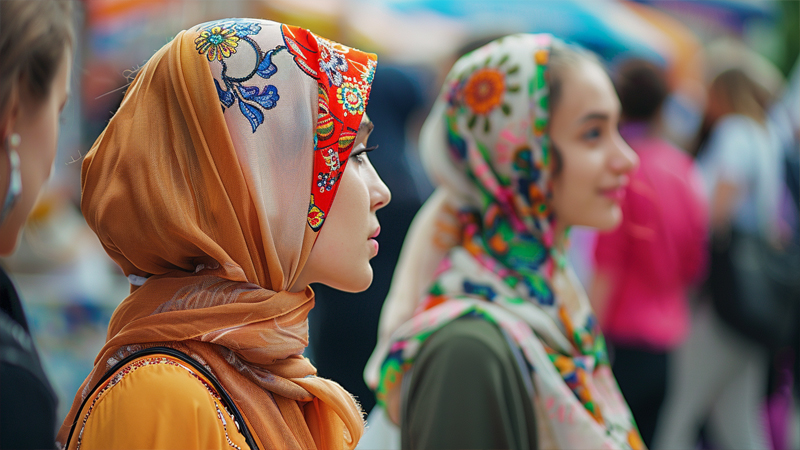
The Trend Trap
I’ve seen headscarves marketed as “festival chic3” or “boho vibes.” Stripping them of their roots reduces them to props—not pieces of identity.
Respectful Engagement
When I wore a hijab for a school project, I spent weeks researching its significance. My Muslim classmates appreciated the effort—not the act itself.
Context Is Key
At a Nigerian wedding, I was gifted a gele4. Wearing it there? Appreciation. Wearing it to a Halloween party? Problematic.
What Do Voices from Affected Communities Say About Wearing Headscarves?
I’ll never forget Aisha’s words: “My hijab isn’t a trend. It’s my faith, my identity. Don’t wear it like it’s a hat.”
Many Muslim women feel:
- Frustrated when hijabs are treated as fashion
- Grateful when non-Muslims seek to understand
- Protective of their cultural symbols
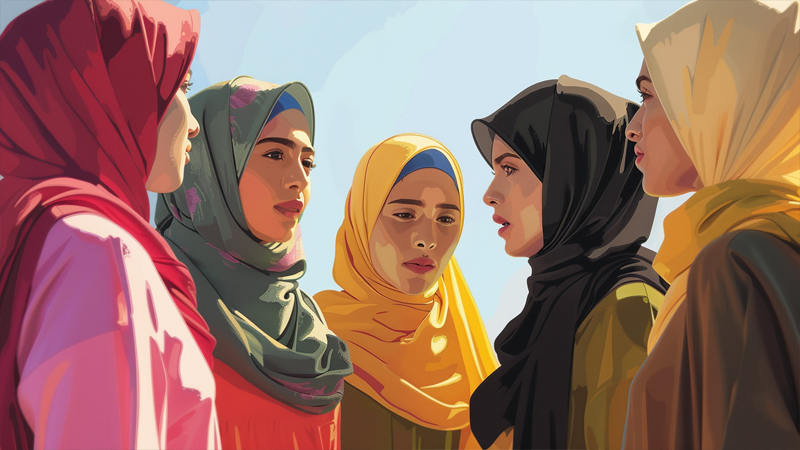
The Hijab as Identity
For my friend Layla, her hijab is a daily act of faith. Seeing it on a runway model felt like her story was being rewritten without her.
Generational Perspectives
Younger Muslims often embrace sharing their culture—if done respectfully. Older generations may feel more protective, having faced discrimination for their coverings.
A Call for Dialogue
I’ve learned the most by listening. When I asked a group of Muslim women5 how they felt about headscarves in fashion, their answers were as diverse as their hijab styles.
What Are Responsible Fashion Practices to Avoid Cultural Appropriation?
I once bought a “tribal print” scarf without thinking. Now, I ask: Who made this? What does it mean? Who benefits?
4 steps to responsible fashion:
1. Research the cultural significance
2. Support creators from that culture
3. Avoid using sacred symbols as trends
4. Give credit where it’s due

Buy Directly from Artisans
I now shop from brands like Haute Hijab or African-owned gele shops6. It’s fashion with purpose—and respect.
Educate Yourself
Before wearing a headscarf, I read about its history. For example, the Palestinian keffiyeh7 is a symbol of resistance—not just a scarf.
Amplify, Don’t Erase
When I share photos of my headscarves, I tag the designers and explain their cultural significance. It’s a small step, but it matters.
Conclusion
Wearing a headscarf can be beautiful—if done with respect, understanding, and a commitment to honoring its roots.
-
Explore the cultural roots and significance of boho headscarves to understand their true value beyond fashion. ↩
-
Learn about the rich history and meaning behind the hijab, which goes beyond mere fashion trends. ↩
-
Investigating the relationship between 'festival chic' and cultural appropriation can deepen your understanding of identity and respect in fashion. ↩
-
Exploring the meaning of gele can enhance your appreciation for its cultural importance and the traditions surrounding it. ↩
-
This resource will provide insights into the diverse opinions of Muslim women regarding headscarves, highlighting their voices and experiences. ↩
-
Discover unique styles and support African-owned businesses by exploring these gele shops that celebrate culture and fashion. ↩
-
Explore the rich history and cultural importance of the Palestinian keffiyeh, a powerful symbol of resistance and identity. ↩

